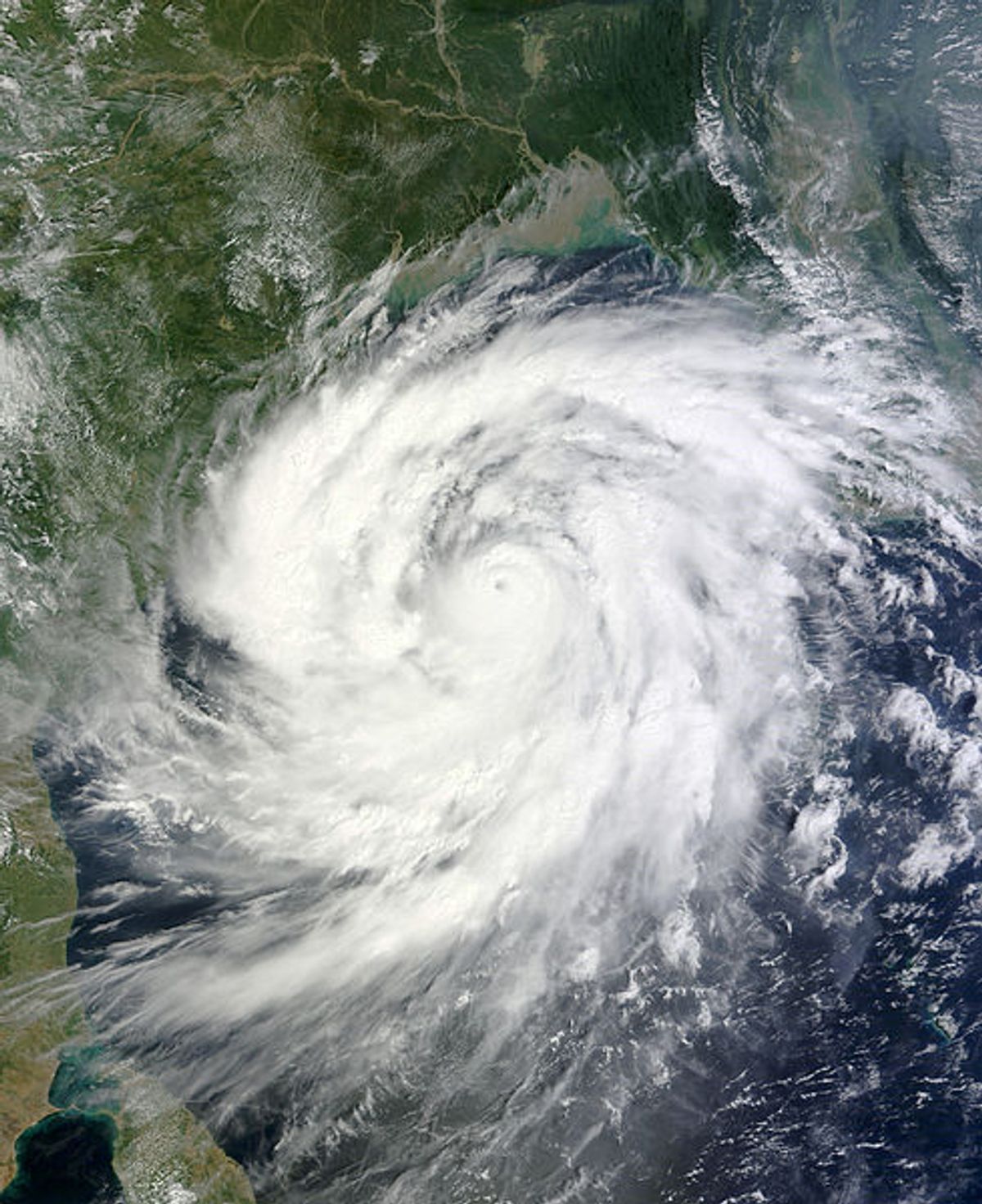Cyclone Phailin's reputation precedes itself. As the vast cyclone approaches eastern India, tens of thousands have abandoned their coastal homes to take shelter while officials canceled holy day celebrations and began to stockpile supplies. It's expected to strike sometime Saturday evening.
Winds from the the storm, which is being described as half the size of India itself and so large it nearly filled the Bay of Bengal, are expected to reach 210-220 kilometers (130-135 miles) per hour.
Using trucks and buses, authorities evacuated 40,000 people from 40 villages to government-run shelters, schools and buildings in five districts of Orissa state, said Surya Narayan Patra, the state revenue and disaster management minister.
Patra said authorities plan to take another 100,000 people to safer areas before the cyclone hits.
"No one will be allowed to stay in mud and thatched houses in the coastal areas," he said.
To put the anticipated impact into context, some forecasters say Phailin's about equal in size and intensity to Hurricane Katrina. For those about to be hit, it might call up instead memories of the 1999 cyclone that killed 10,000 people in Orissa. "Phailin will be no less than the 1999 super cyclone," Odisha state's special relief commissioner told Reuters. This time, state officials say, they're better prepared.

Shares